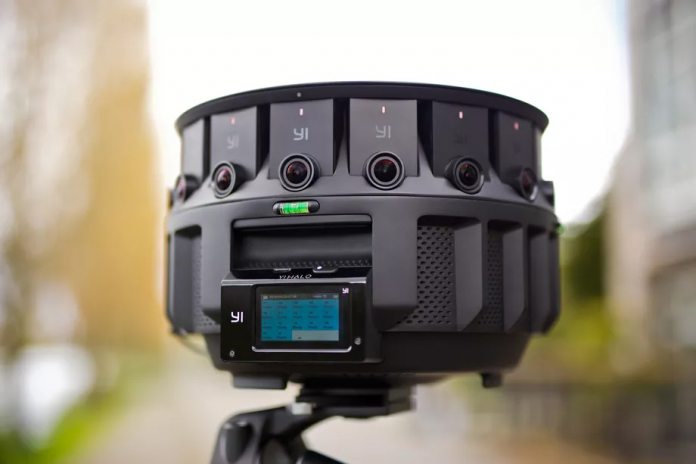Google was working on the software side of things, stitching images together with a cloud-based solution it calls Jump. However, sources tell Variety that Google axed the project in late 2017. An IMAX earnings report describes a final contractual payment from Google regarding the camera, while a spokesperson confirms a pause. “We’ve currently paused the development of the Imax VR camera while we continue to review the viability of our pilot program,” they said to Variety. IMAX’s pilot program was testing VR products in a number of locations, including VR arcades. It closed two of its VR centers earlier this month, with five now remaining.
VR Progress is Slow
Given the current state of Virtual Reality, it’s understandable that Google and IMAX are being cautious. In 2016, the HTC Vive and Oculus Rift had just launched, and consumers were incredibly excited about the technology. However, in the years since, progress on VR has been slow, with few large budget games and media experiences. It’s not growing quite as quickly as some analysts expected, with companies like Apple and Microsoft focusing largely on Augmented or Mixed Reality. While good VR experiences often need expensive hardware, AR can be used for useful experiences on a smartphone. Google is ideally positioned to push such experiences via its Android platform. Ultimately, the companies’ decision is somewhat expected but still disappointing. Though it may be a while until consumers see the value of VR, camera technology would go a long way towards the creation of desirable content. Thankfully, Google has collaborated with partners like Yi Technologies previously and hired staff from Lytro before it closed.




